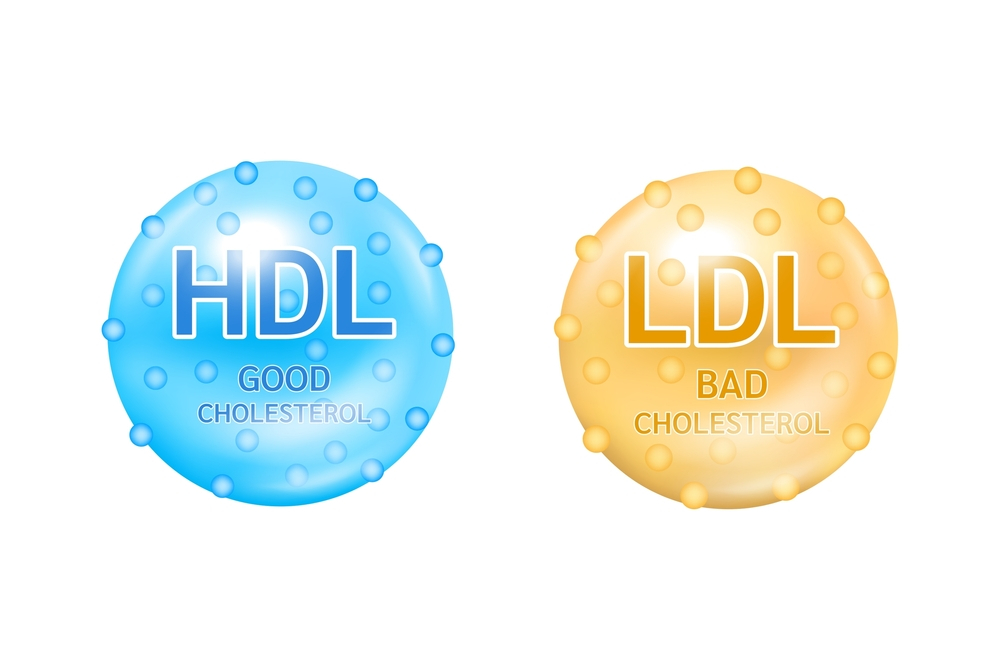Cholesterol: a word we often hear, especially when discussing health and wellness. While many associate it with negative health outcomes, it’s vital to understand that cholesterol is essential for our wellbeing. Let’s delve deeper into this intriguing compound.
What is Cholesterol?
Cholesterol is a waxy, fatlike substance present in our blood. Imagine it as a building block that plays a crucial role in the construction of our cells, the production of essential vitamins, and the creation of hormones that regulate numerous body functions. However, like most things in life, balance is key. Too much of a specific type of cholesterol might increase the risk of heart diseases and stroke.
The Source of Cholesterol
Surprisingly, our bodies are cholesterol factories. The liver produces all the cholesterol we need for daily functioning. This form is known as blood cholesterol. It is responsible for various crucial physiological processes, including cell-building.
On the other hand, dietary cholesterol is derived from our food intake. Major sources include animal products like meats, eggs, milk, and cheese. While it’s a natural component of many foods, excessive consumption can elevate our cholesterol levels to potentially unhealthy ranges.

The Dual Nature of Cholesterol: LDL and HDL
When discussing cholesterol, we often hear terms like “good” and “bad” cholesterol. Let’s break this down:
- LDL Cholesterol – The “Bad” Cholesterol: Low-Density Lipoprotein or LDL is frequently dubbed the “bad” cholesterol. Elevated levels of LDL can be detrimental, leading to conditions like heart disease and stroke. The American Heart Association suggests maintaining an LDL level at or below 100 mg/dL for optimal health. Such levels are associated with decreased instances of cardiovascular diseases.
- HDL Cholesterol – The “Good” Cholesterol: High-Density Lipoprotein or HDL is termed the “good” cholesterol. A higher HDL level acts as a protective shield against heart diseases and strokes. It is believed that HDL cholesterol carries away LDL cholesterol, preventing harmful build-ups.
Triglycerides: Another Piece of the Puzzle
Apart from cholesterol, there’s another lipid (fat) in our blood that deserves attention: triglycerides. High triglyceride levels combined with high LDL or low HDL levels can hasten the buildup of plaques in artery walls. This atherosclerotic plaque can lead to artery blockages, increasing the risk of heart attack or stroke.
The Importance of Monitoring Cholesterol Levels
So, why should one monitor their cholesterol?
When excessive “bad” cholesterol circulates in our blood, it tends to deposit along the walls of our arteries, specifically those nourishing our heart and brain. Over time, this buildup thickens, narrowing the artery passage. In worst-case scenarios, a trapped blood clot can block the artery entirely, resulting in a heart attack or stroke.
Regularly checking cholesterol levels ensures that they remain within the desired range. If detected early, elevated levels can be managed effectively through dietary changes, physical activity, and medication, if needed.
Maintaining Healthy Cholesterol Levels
Achieving and maintaining healthy cholesterol levels is not an impossible task.
Implementing healthy lifestyle habits can significantly influence cholesterol:
- Balanced Diet: Focus on consuming a diet rich in whole grains, fruits, vegetables, and lean proteins. Limit saturated fats, trans fats, and cholesterol-rich foods.
- Physical Activity: Engaging in regular exercise can help elevate good cholesterol levels while reducing the bad ones.
- Avoid Tobacco: Tobacco consumption can lower good cholesterol, making it essential to avoid or quit tobacco usage.
Lastly, always remember that everyone is unique. Regular consultation with your doctor will ensure a personalized and effective approach to managing and maintaining optimal cholesterol levels.




